Ways To Improve Soil Quality For Trees
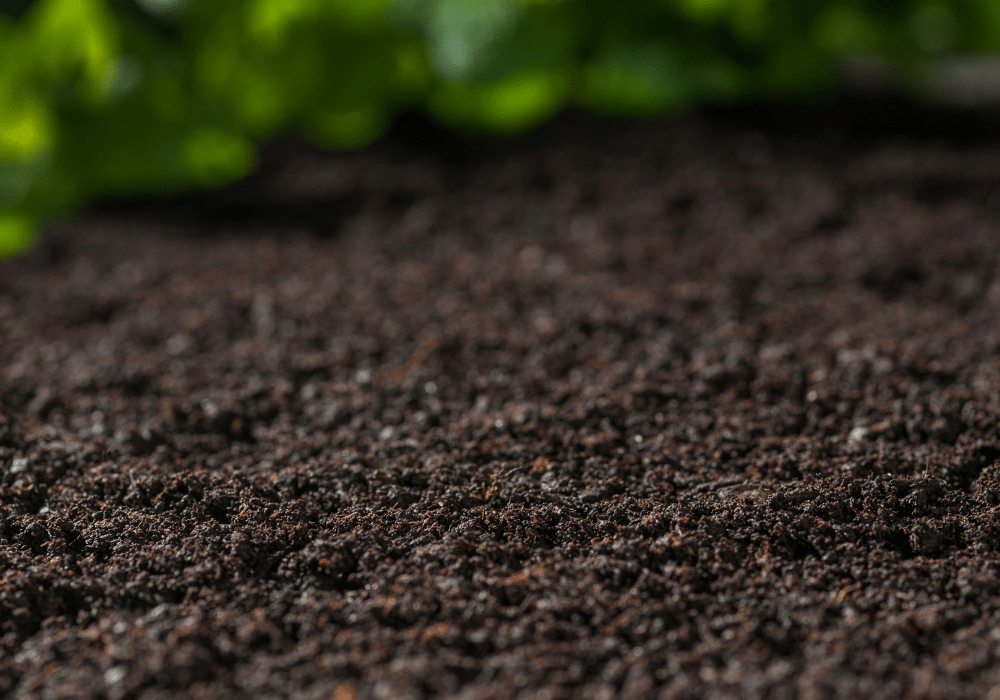
There are a lot of things to think about when it comes to taking care of trees – water, sunlight, and soil quality being some of the most important. If you want your trees to thrive, you need to make sure that their environment is at its best for growth. In this post, we will […]
How Tree Removal Can Help After Storms
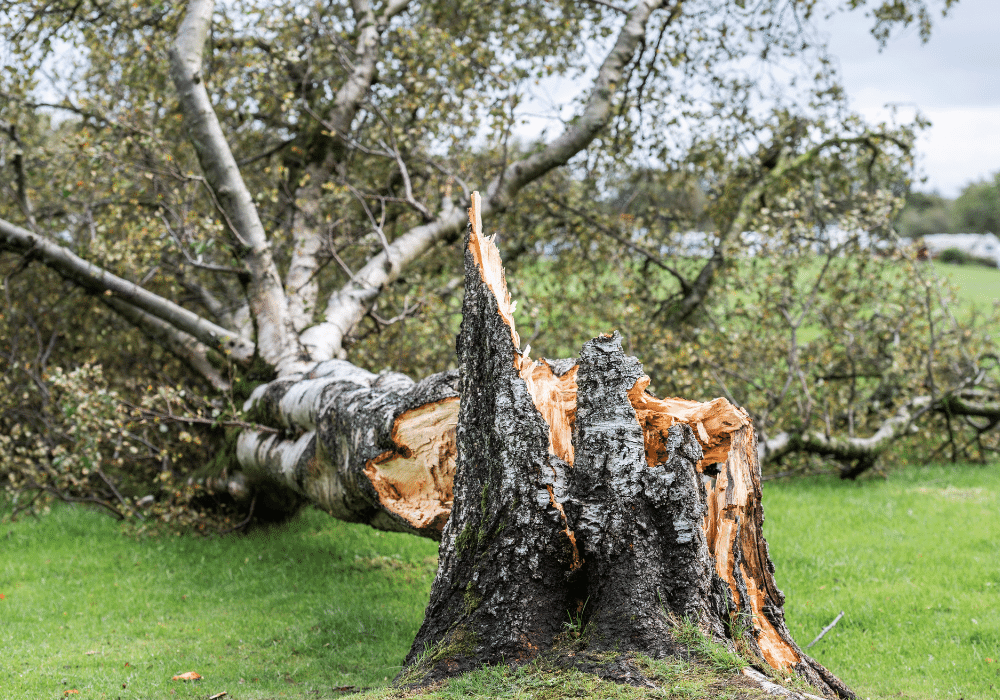
When a major storm hits, the cleanup can be overwhelming. Trees that have been toppled by the wind or damaged by lightning can create hazardous conditions and need to be taken care of as soon as possible. Fortunately, there are companies like Brockley Tree Service that offer professional tree removal that can help get your […]
When Should I Prune My Trees, Shrubs, and Hedges
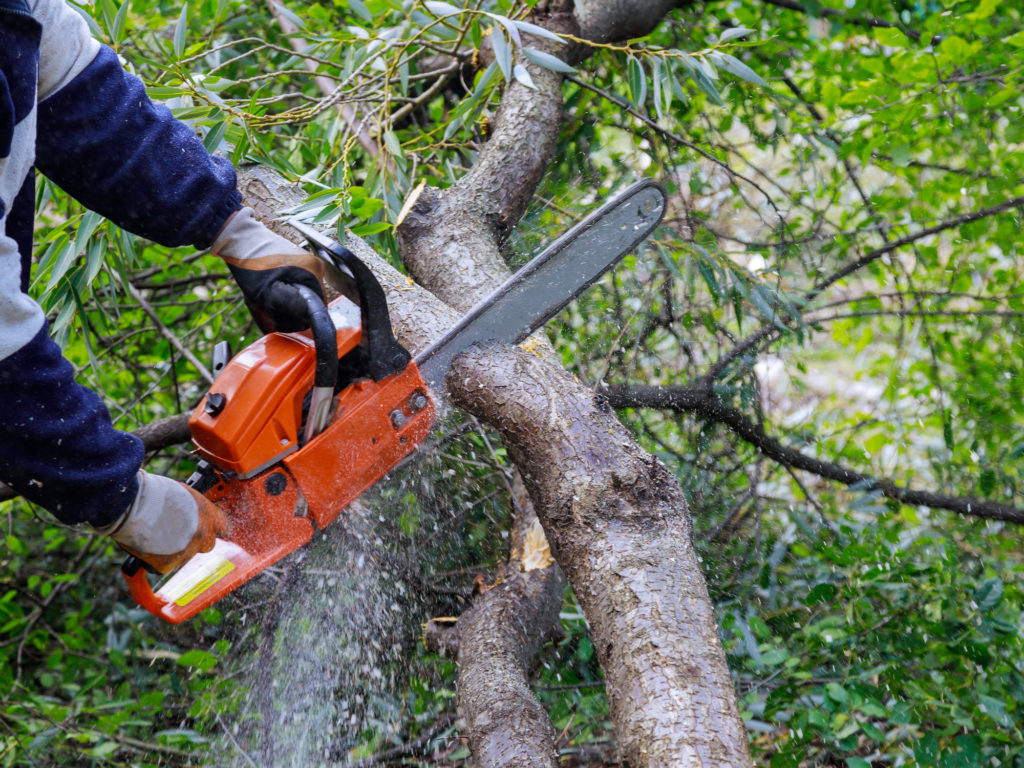
Pruning your trees, shrubs, and hedges is an important part of landscape maintenance. It helps keep them looking their best and also promotes healthy growth. But when is the best time to prune them? Let’s discuss the different times of year that you should prune your trees, shrubs, and hedges. We will also provide you […]
How to Start a Fire With Wet Wood
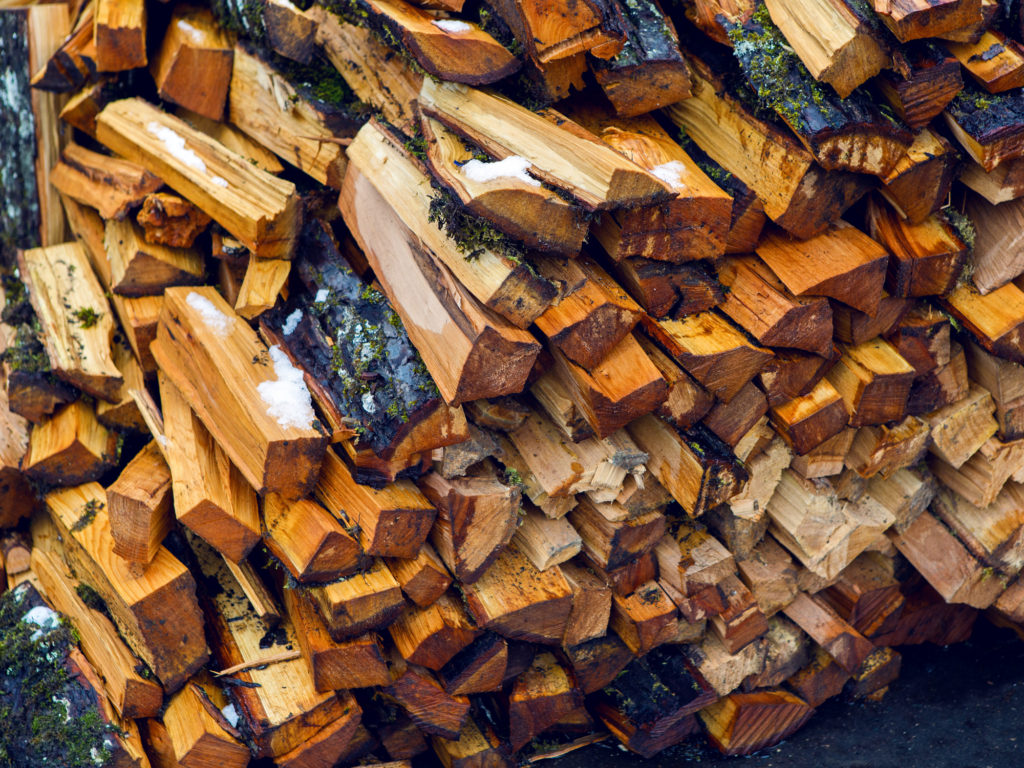
Do you know how to start a fire with wet wood? It can be tricky, but it’s not exactly impossible. Sometimes after it rains or when we don’t have access to dry firewood, we need to attempt using logs that are wet. Read more to learn about the best ways to do it. We will […]
How To Determine How Far Away From The House To Plant New Trees
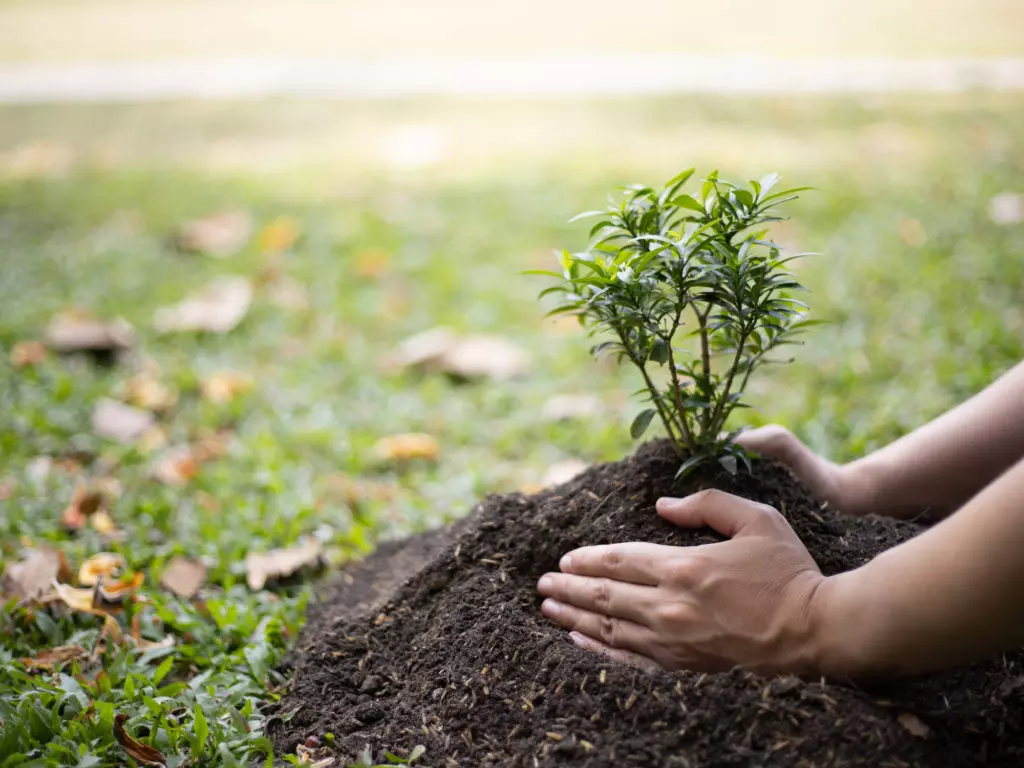
If you’re looking to plant some new trees in your yard, you may be wondering how far away from the house you should put them. It’s important to consider a few things when making this decision, such as the size of the tree and the type of tree.
Signs Your Tree May Have a Disease: What to Look Out For
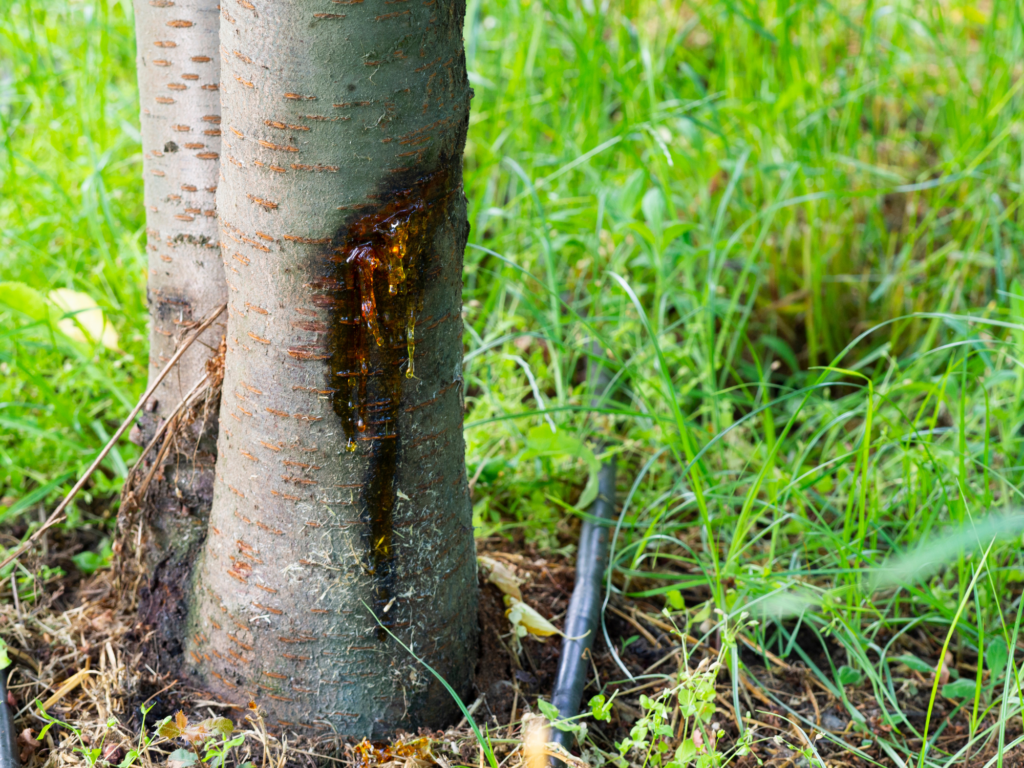
If you’re like most people, you probably think of diseases as something that affects humans and other animals. However, plants can also get sick – and trees are no exception. In this blog post, we will discuss some common signs that your tree may have a disease. Keep an eye out for these symptoms, […]
What Happens To A Tree In Winter?
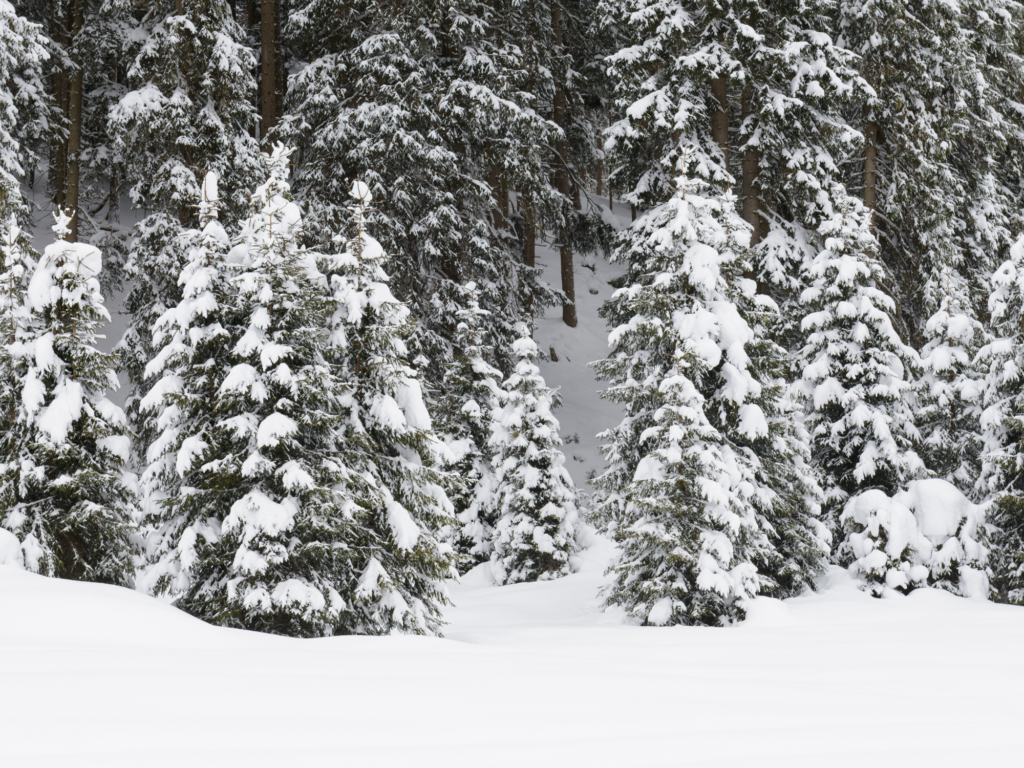
There is something beautiful about Christmas pine trees, especially when you see one standing next to a dreary, naked maple tree. What do pines do in winter that maples aren’t doing? Why is it that some types of trees seem to die in winter, while others stay full and fragrant? Keep reading to find […]
What Do Shrubs Need For Protection From The Winter Elements?
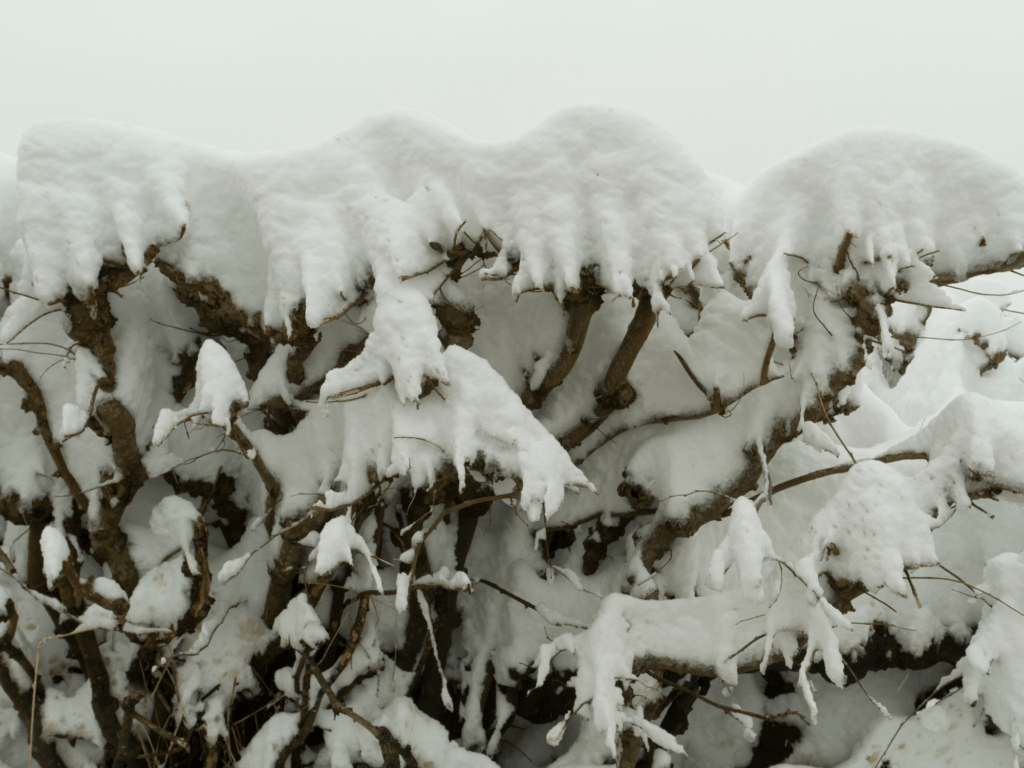
Shrubs are a landscaping favourite: they provide a visual composition for your outdoor setting and offer beautiful colours even in the wintertime. They also protect your garden from the wind – and maybe even from snooping eyes. However, shrubs are very susceptible to damage from the winter weather. You might not notice any problems […]
Why Leaves Turn Colour In Fall
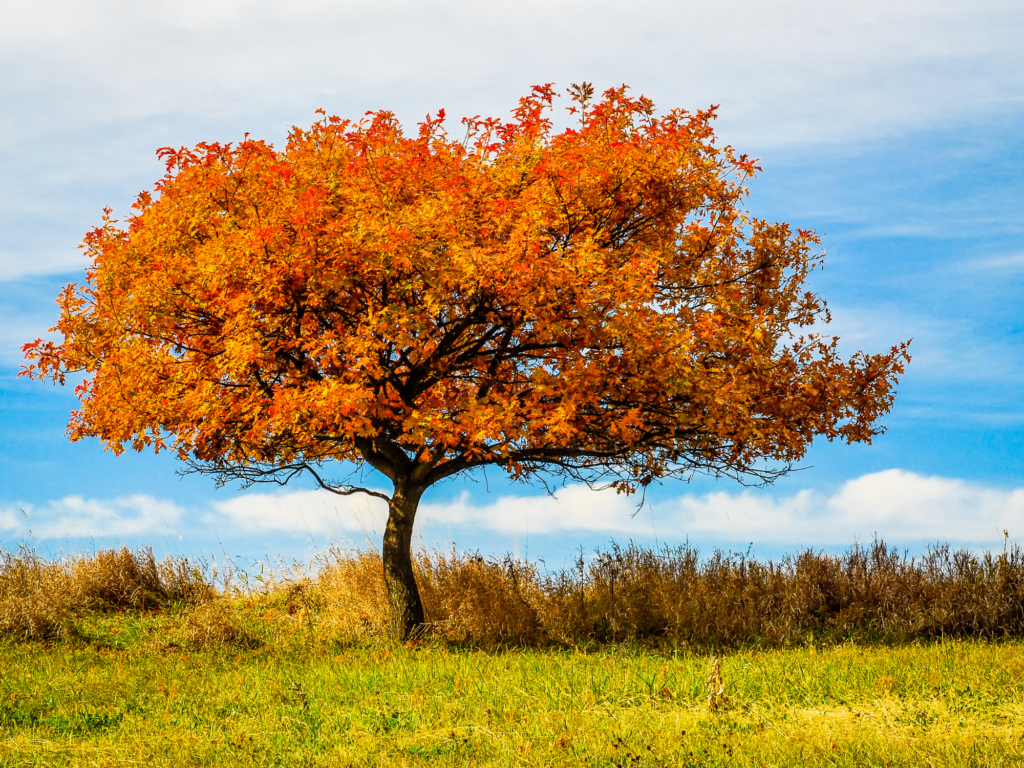
The explosion of colours that greet us in fall is one of the reasons why it’s a favourite season for many people. But why do leaves turn colour in fall? To fully tell the tale of why the leaves on trees change from green to yellow, orange, red, and (sometimes) purple, we have to explain […]
How Much Should I Water My Trees & Shrubs?
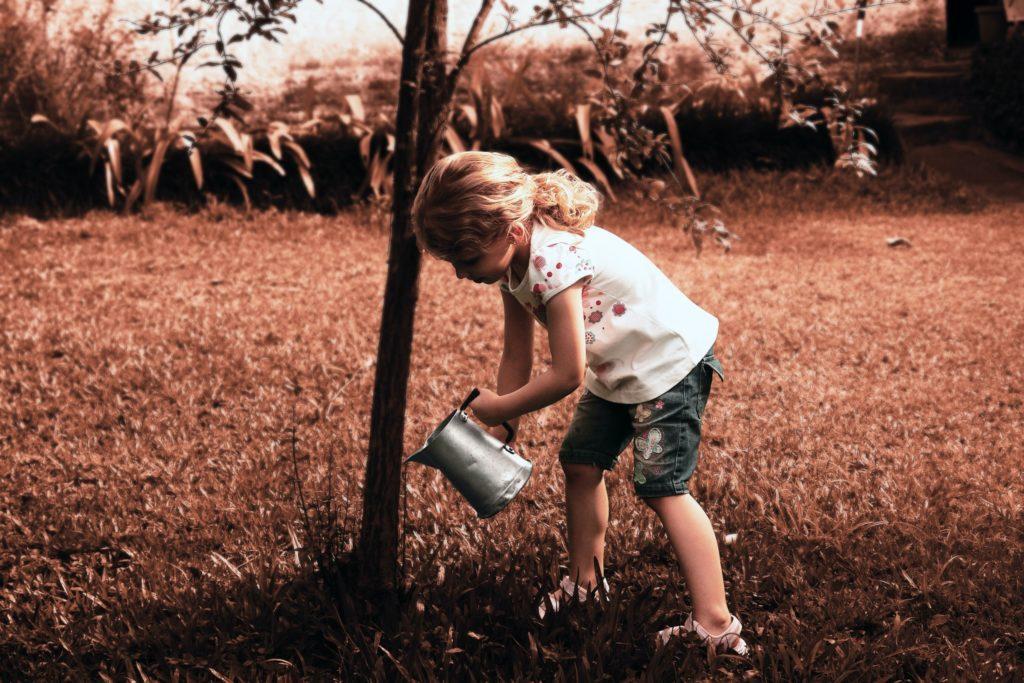
Trees and shrubs can be easy to care for, but you still need to give them attention to make sure they grow and thrive. Proper care includes watering, and many property owners aren’t giving their trees and shrubs the right amount of water at the right times. In those first few weeks, watering the proper […]
